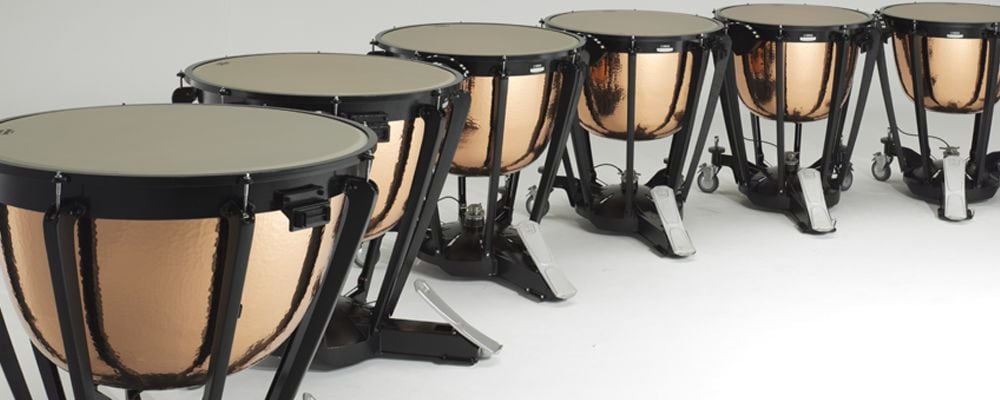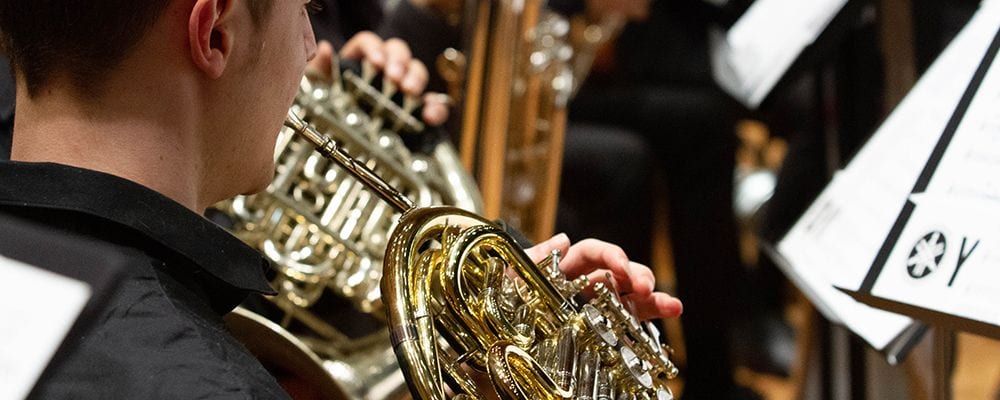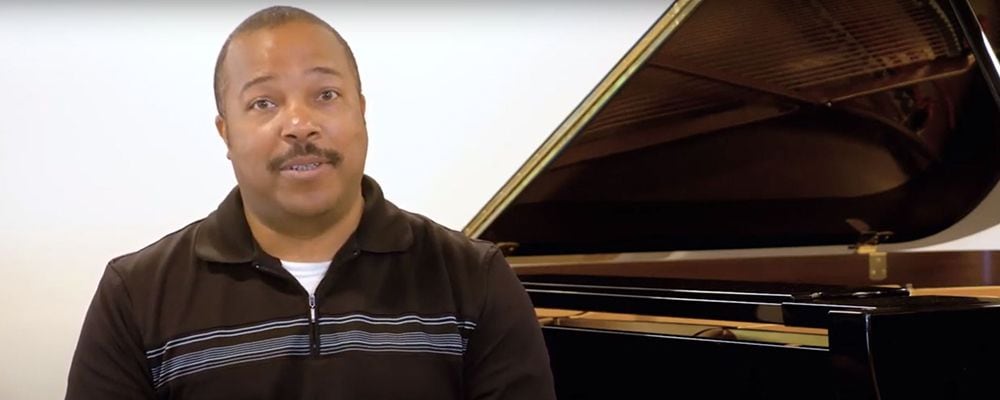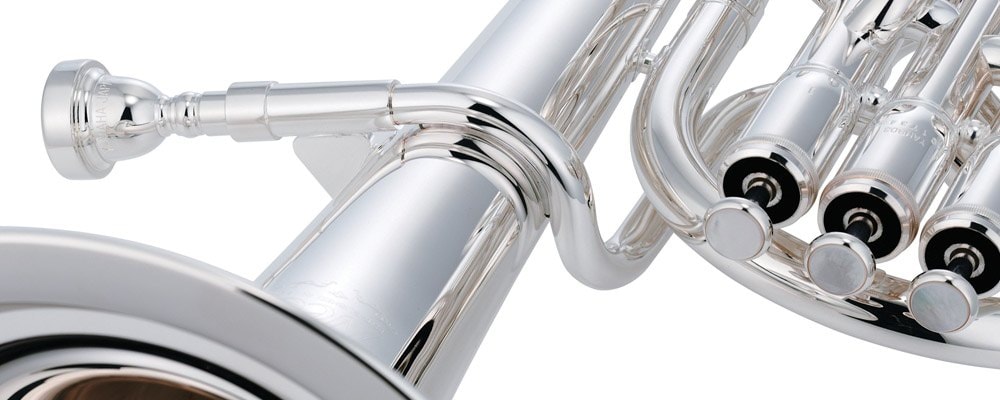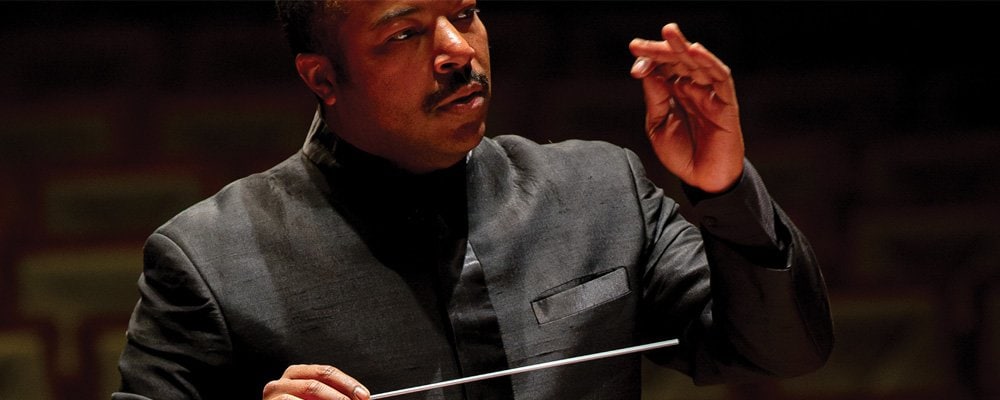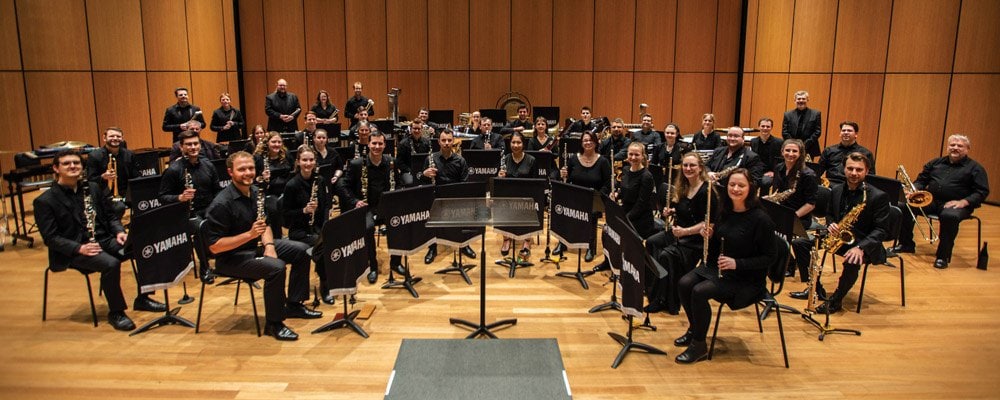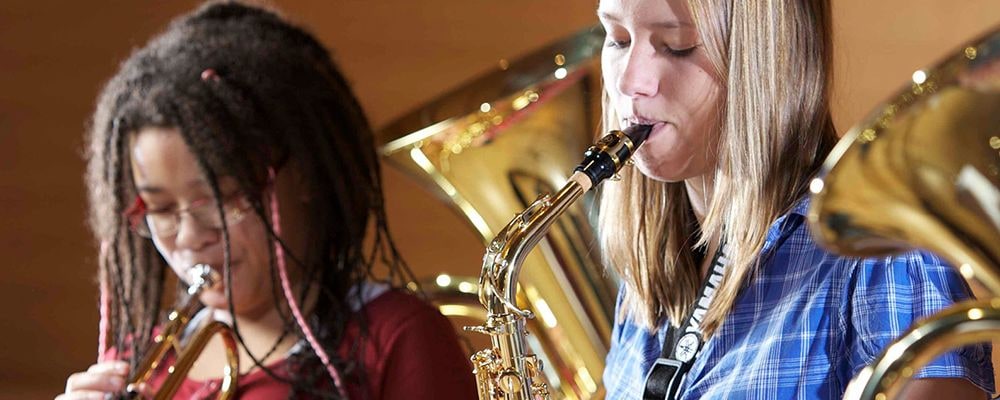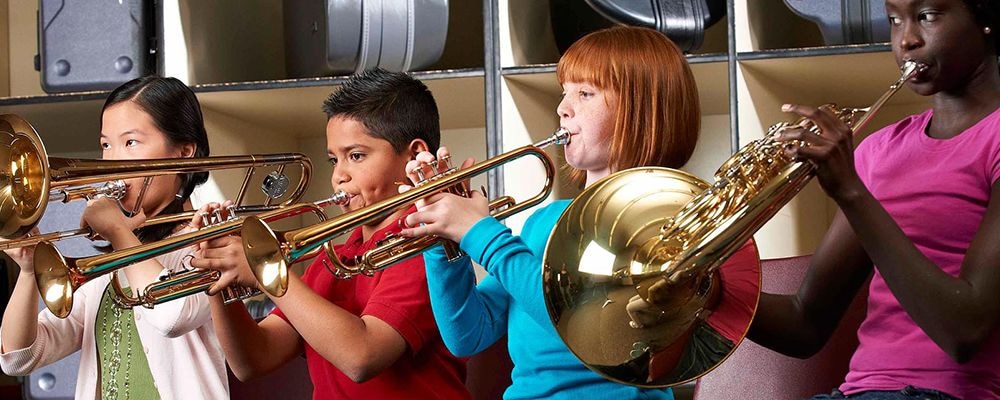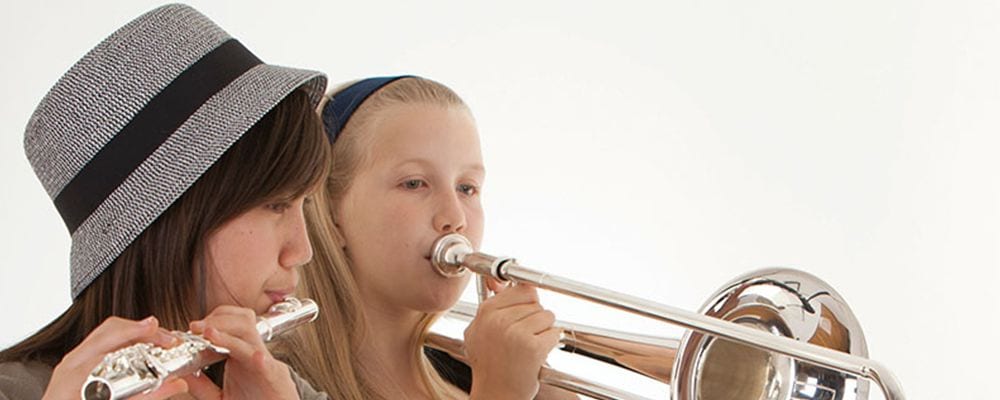10 Reasons to Buy Yamaha Brass and Woodwind Instruments
Whether you're a beginner or a seasoned professional, Yamaha brass and woodwind instruments are a reliable, high-quality choice for musicians at every stage.
A Maintenance Guide for Timpani for Non-Timpanists
You have those large, loud, heavy drums in the back of your band room, but they don’t ever seem to be in tune or be able to stay in tune. What do you do to make them more reliable?
Back of the Room, Front of the Mind
It can be easy to overlook the percussion in a large school ensemble, but having a strong percussion section can greatly improve the overall quality of your ensembles. Jeff Jarrott explains key ways to make percussion tuition more efficient and effective.
More Strategies for Developing Internal Pulse in Your Ensembles
A solid and unified sense of internal pulse is a basic foundational skill for developing good ensemble performance at all levels. Leading on from his previous article on this topic, Prof. Rob McWilliams discusses more strategies for developing internal pulse in your ensembles.
Concert Programming for Optimum Impact on Players & Audience
Following on from previous Off To A Great Start articles, Dr. Rob McWilliams discusses the next step of choosing a program of pieces that work well together to create a rewarding experience for both performers and audience.
Safety in Numbers
Ensemble playing in early development, and effective and informed recruitment processes are essential to establishing a successful music program.
Repertoire Throughout the Year – Planning with the End in Mind
Dr. Nick Williams shares some of his favourite wind band pieces, discusses the process of selecting pieces, as well as points to consider when you are selecting repertoire for your ensemble, with the end goal in mind.
E-flat is Where it’s At!
Find out why E-flat tubas and tenor horns should be taught alongside B-flat tubas and French horns in our schools, and how they can enhance school concert band programs.
The Future of Wind Bands is Looking Bright
An interview with Dr. Nicholas Williams to find out more about Melbourne’s latest wind band evangelist, and his big plans for the next generation of musicians.
Solving Saxophone Tonguing Nightmares
There is a spectrum of articulation that all good musicians require for their tonal palate, but developing a true, light, connected and flowing legato is the key to tonguing success. Once this is achieved, all other articulations will follow.
Choosing Repertoire and the Three “E’s”: Expression, Education, Entertainment
When choosing repertoire to play with our ensembles, it is important to keep performance and learning goals in mind. This article outlines some things to look out for to get the most out of your ensemble.
Strategies For Developing Strong Internal Pulse
A solid and unified sense of internal pulse is a foundational skill of effective ensemble performance. As I often tell student ensembles: “A right note in the wrong place becomes a wrong note!” Dr. Rob McWilliams suggests some warm-up and rehearsal strategies that can help to develop this skill.
Festival Ps & Qs
Appearance and demeanour on the stage and in the audience make an impactful statement about your ensemble during festival appearances. Performing at a festival is so much more than “performing the music.” This article brings together several etiquette recommendations for your next festival or more formal performance.
Your Student’s Next Instrument
It’s that time: an advancing student is kicking goals, approaching that next level of examination, or preparing for a landmark performance in their path as a musician. A student instrument, which was once ideal, is now inhibiting progress. To unlock this student’s full potential, an upgrade of equipment is now essential. An experienced student will choose an instrument that suits them, preferably through the process of playing and comparing a number of instruments side-by-side. Brae Grimes runs through features and specifications that are ideal for the intermediate brass or woodwind player, and beyond.
Recruiting & Retaining Low Brass Players
Many teachers struggle to recruit low brass students. The remedy is an overhaul of practices that may be working against your desired outcome. You need to build a culture whereby playing a low brass instrument is perceived to be a good choice, with a certain amount of status attached. You also need to put systems in place whereby low brass students feel musically fulfilled and supported. This article provides some tips that will help achieve this.
Warm-up Tips For Ensembles
Good tone, intonation, and a unified sense of internal pulse are foundational skills of effective ensemble music making. In addition to developing these skills in repertoire being rehearsed for performance, the ensemble warm-up particularly lends itself to specific focus on this important task. This article provides some helpful tips to develop these skills.
Improving Intonation In The Instrumental Ensemble
Making even incremental improvements in intonation can have a significant positive impact on the sound of any ensemble. The following tips, which increase in sophistication with each step, will help ensemble directors in the perennial pursuit of better pitch and intonation. Making improvements on these eight principles does take a willingness to invest in the process over time. Positive change will mostly be incremental but even very long and slow journeys start with small steps.
The Ins and Outs Of Instrumental Recruitment
Balanced instrumentation is essential for optimum educational outcomes. It allows for the best possible sound and ability to play any appropriate repertoire, both of which provide the most satisfying experience for players, conductor ,and audience. Instrumentation that is not balanced in the recruiting stages leads to oversupply of the more popular instruments, resulting in limited opportunities for those players in the future. These tips aim to provide guidance in proactively controlling the recruiting process in order to end up with a balanced ensemble.




